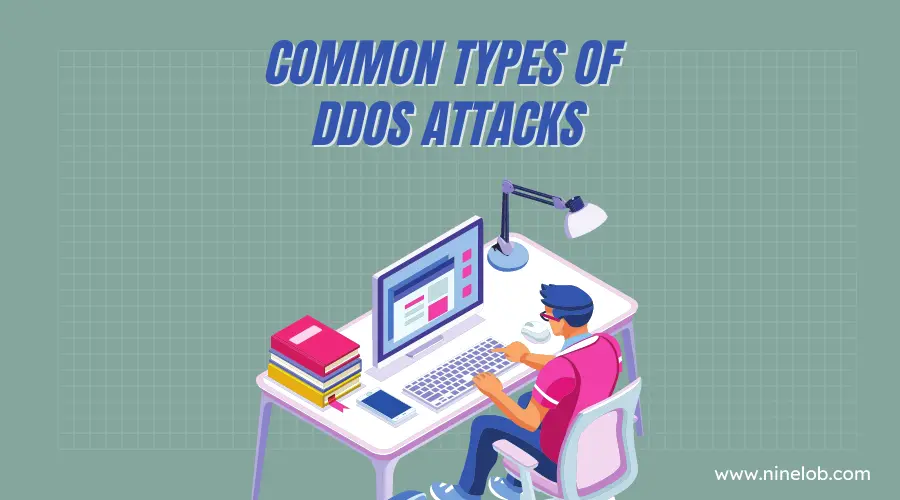
Common Types of DDoS Attacks
There are several common types of DDoS attacks that attackers employ to disrupt networks, services, or websites. Here are some notable examples :
The objective of a DDoS attack is to exhaust the target's resources, such as bandwidth, processing power, or memory, rendering the system slow, unresponsive, or completely unavailable to legitimate users. These attacks typically target websites, online services, or network infrastructure.
Here are some prevention strategies :
- Volumetric Attacks : These attacks aim to overwhelm the target's network bandwidth by flooding it with a massive volume of traffic. The goal is to consume all available network resources, making the target inaccessible to legitimate users. Examples include UDP floods, ICMP floods, and DNS amplification attacks.
- TCP State Exhaustion Attacks : These attacks exploit vulnerabilities in the TCP protocol to exhaust the target's resources, such as concurrent connections or available ports. The attacker floods the target with connection requests, leaving no resources for legitimate connections. SYN floods and ACK floods are common examples.
- Application Layer Attacks : These attacks target specific applications or services running on the target server. By sending a high volume of malicious requests, the attacker aims to exhaust the server's processing power or memory. Examples include HTTP floods, Slowloris attacks, and application-specific attacks like WordPress XML-RPC floods.
- DNS Reflection/Amplification Attacks : In these attacks, the attacker spoofs the source IP address and sends DNS queries to misconfigured DNS servers. The servers respond to the queries, sending a large amount of data to the target with the spoofed IP as the recipient. This amplifies the attack traffic and overwhelms the target.
- IoT-based Attacks : With the proliferation of Internet of Things (IoT) devices, attackers exploit vulnerable devices to create massive botnets. These botnets can be used to launch powerful DDoS attacks, as seen in the Mirai botnet attack in 2016.
- Layer 7 Attacks : Also known as application layer attacks, these target the application layer of the network stack. The goal is to overwhelm the target's web server or application by sending a high volume of legitimate-looking requests that require significant processing power to handle. This type of attack can be challenging to detect as the traffic appears legitimate.
- Spoofing Attacks : Attackers may employ IP spoofing techniques to disguise the source of the attack traffic, making it harder to trace back to the actual origin. By forging the source IP address, attackers can launch DDoS attacks while making it appear as if the traffic is coming from different sources.
- Zero-Day Attacks : Zero-day attacks exploit vulnerabilities in software or systems that are unknown to the vendor or have no patches available. By leveraging these undisclosed vulnerabilities, attackers can launch targeted and highly effective DDoS attacks.
It's worth noting that attackers often combine multiple attack vectors to launch sophisticated and complex DDoS attacks. By diversifying their techniques, they increase the chances of success and make it harder to mitigate the attack. Organizations need to be prepared and employ a multi-layered defense strategy to combat these different types of DDoS attacks.